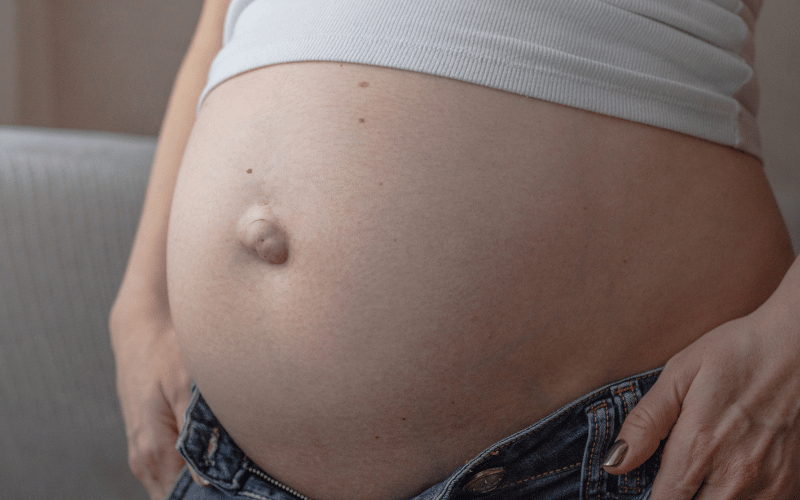Introduction: Navigating the Complexities of Umbilical Cord Prolapse
Umbilical cord prolapse is a critical yet relatively rare occurrence in childbirth. It’s imperative for both healthcare professionals and expecting parents to be well-informed about this complication.

This detailed exploration will focus on the essential facts about umbilical cord prolapse, offering in-depth insights into each aspect. We will examine the definition, prevalence, risk factors, and the overall impact this condition can have on pregnancy and delivery.
Umbilical cord prolapse happens when the umbilical cord slips through the cervix ahead of the baby during delivery. The umbilical cord is the baby’s lifeline, providing oxygen and nutrients. In cases of prolapse, the cord can become compressed. This compression reduces blood flow and oxygen to the baby, posing significant risks.
Though umbilical cord prolapse is rare, its occurrence is unpredictable. It affects less than 1% of all pregnancies. However, its impact on those affected can be profound. Knowledge of its prevalence helps in understanding the rarity and significance of this condition.
Various factors can increase the risk of umbilical cord prolapse. These include a long umbilical cord, multiple gestations, and a breech baby position. Medical interventions like artificial membrane rupture can also elevate the risk. Awareness of these factors is crucial for preventive strategies.
Immediate medical response is essential when umbilical cord prolapse occurs. It often leads to emergency cesarean sections to ensure baby safety. Delays in managing this complication can have severe consequences. These include fetal distress and, in extreme cases, stillbirth.
1. Identifying the Incidence: Understanding Umbilical Cord Prolapse Frequencies

Umbilical cord prolapse occurs in a small percentage of pregnancies. Its incidence rate is crucial for understanding its rarity. Studies show that it occurs in less than 1% of all births. This statistic underscores its uncommon nature.
Comparing umbilical cord prolapse to other childbirth complications provides perspective. While issues like gestational diabetes are more common, cord prolapse remains a rare event. This rarity often leads to less awareness among expectant parents.
The incidence of umbilical cord prolapse varies across different populations. Factors such as maternal age, geographic location, and healthcare access play roles. Understanding these variations can aid in better preparation and response.
Despite its low occurrence rate, awareness of umbilical cord prolapse is vital. It ensures preparedness for this emergency. Expectant mothers and healthcare providers must recognize its potential, albeit rare, impact. (1)